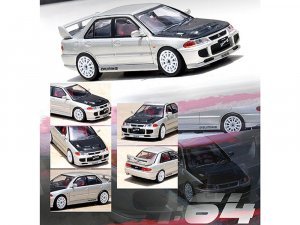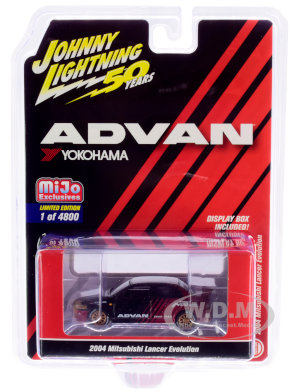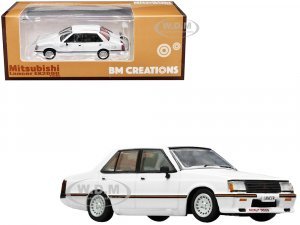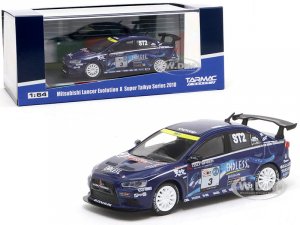There is a lot in the Lancer: The design comes from the Italian designer Pininfarina. In the front it resembles the Volvo S40, in the back the Lancer reminds of the Alfa 159. And also with the price the Mitsubishi managers look at a well-known model: "We orientate ourselves on the Mazda 3." Clear announcement.
The Mitsubishi Lancer is sporty, has a functional cockpit and plenty of space in the rear seats. The quality is likely to improve here and there.

2004 Mitsubishi Lancer Evolution #63 McCartney Gulf Oil Dark Blue Johnny Lightning 50th Anniversary
$10.99
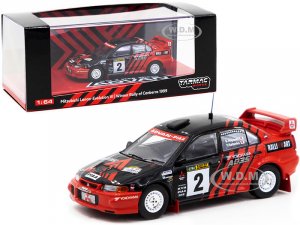
Mitsubishi Lancer Evolution VI #2 Y. Kataoka - S. Hayashi Advan Winner Rally of Canberra (1999)
$19.99

Mitsubishi Lancer Evolution X CZ4A Ver. 2 Wide Body RHD (Right Hand Drive) Varis Red with Graphics
$29.99

Mitsubishi Lancer Evolution IX Wagon RHD (Right Hand Drive) with Roof Cargo Box Black and Red Advan
$14.99
Lancer Evolution
Finally grown up? Mitsubishi Lancer Evo I to IX were uninhibited fun machines - or in other words: "boy racers". The Lancer Evolution X renounces this title and also the X in the name.
The number ten wants to be more mature than Evolution 9 and Evolution 8, with amenities such as xenon headlights, bend lighting and rain sensors to help. But the engine remains the same. It is based on the world engine developed with Chrysler and Hyundai. Thanks to tuning, Lancer Evolution delivers 295 hp.
Lancer Sportback
Audi has once again turned a blind eye and allowed Mitsubishi to add sport-back to the Lancer. The Mitsubishi Lancer sport-back is a frontier crosser. The rear quotes the old Saab 9-3, the roof edge spoiler is to underline sporty ambitions. With a length of 4.59 meters, the Lancer tops many competitors in length and sorts itself between the C and D segments.
Bigger than a Golf, the Lancer also competes with the Wolfsburger in price. The diesel is sportier than the petrol, as the test shows. In the summer of 2017, the Lancer was discontinued without replacement. Only for the Chinese and Taiwanese markets is a successor model coming off the production line.
Lancer Ralliart
Motorsport fans have been paying homage to the Lancer Evo for generations. For those who didn't want to dig deep into their pockets and still want to walk on rally tracks, Mitsubishi offered the Lancer Ralliart from 2009 - a light version of the Evo.
In addition to four-wheel drive, the Ralliart also allows the distribution of power to be varied at the touch of a button, so that the ideal setup can be found depending on the condition of the ground.
A four-cylinder turbocharged 240 hp engine worked under the hood. With a double-clutch gearbox, it took 7.1 seconds to reach a speed of 60, and it was only at 140 mph that the race was over.


